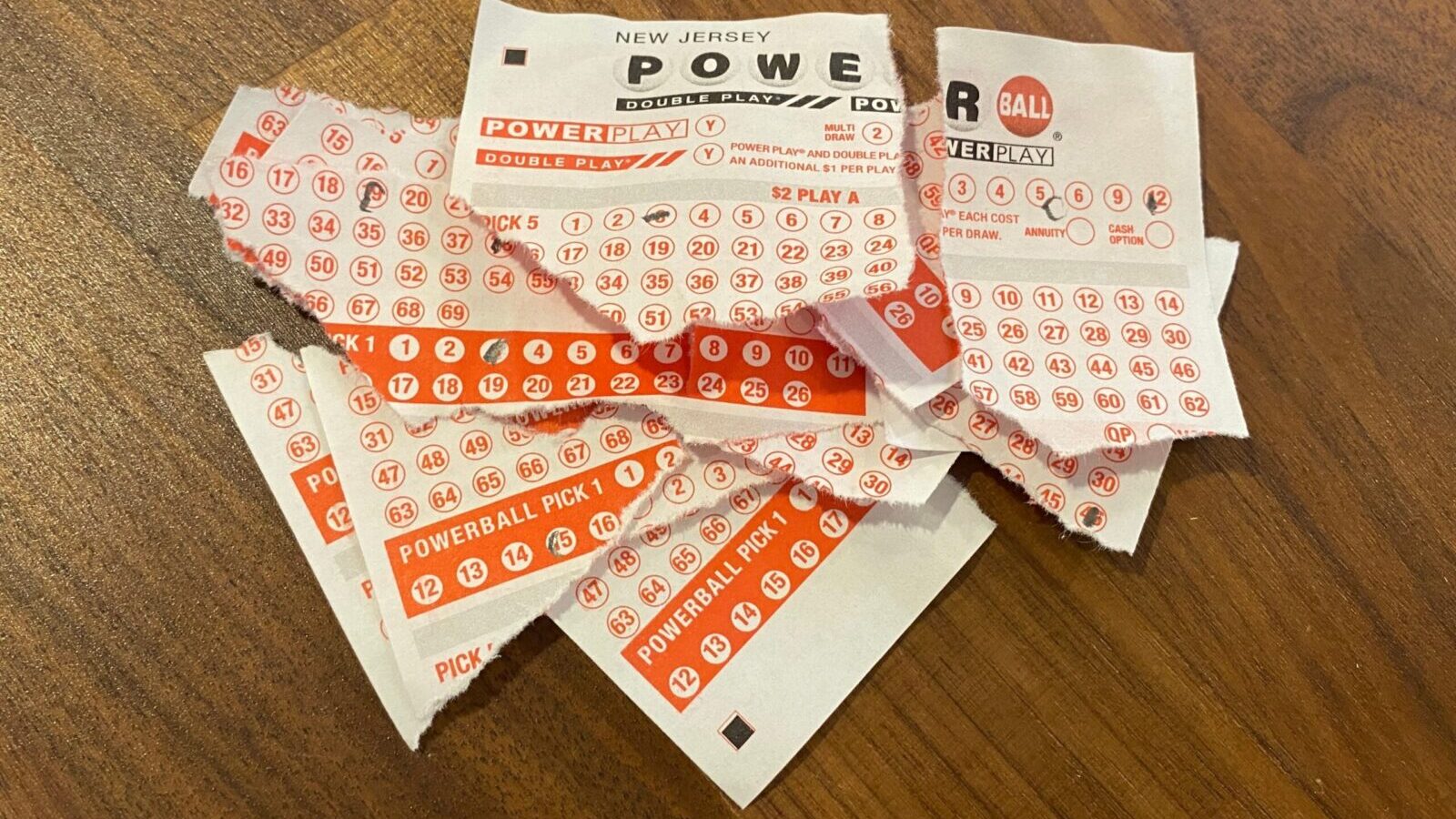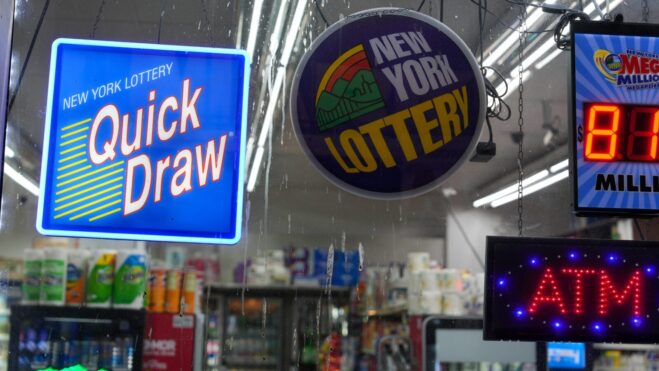New Book Explores Why Lottery Industry Faces An Uncertain Future
‘More Than Luck’ by Jessica Halter Powell sounds the alarm and cites ‘saboteurs’
4 min

Most of us experience the lottery as a simple transaction: We plunk down a couple bucks, buy a ticket, we lose, we move on. Maybe we do it again the next week, and the week after and the week after that, too. Maybe we take a break before starting up again.
For some of us this goes on for decades, week by week, with nary a thought, never mind a full examination, as to all that takes place before and after we toss the losing ticket in the trash, head off to the job we were certain we’d be quitting now that our numbers finally hit, and begin day-dreaming anew about the possibility of the big payoff next week.
Apparently there’s a hell of a lot that goes into getting people to buy lottery tickets, to keep them buying tickets in the face of impossible odds, to get more people to buy tickets, and to keep the lottery business thriving despite the myriad obstacles that evolving technology and cultural changes present to the business — indeed, despite what they present to every business.
Who knew?
In her new book, More Than Luck: Defeating the Five Saboteurs of Lottery Growth (Best of Luck Enterprises, LLC, 124 pages, paperback $19.95), lottery business veteran Jessica Halter Powell identifies what she sees as the biggest challenges facing the business in the coming years and draws on the insight of industry experts — and her own — to propose solutions.
A brief history lesson
Halter Powell begins with a short history — and we do mean short; it starts a mere decade before the COVID pandemic — that documents the lottery’s success as a business, observing that, “in the ten years leading up to the pandemic, the industry experienced an average growth rate of 4 percent. However, during the COVID-19 crisis, lottery wagers surged 12 percent year-over-year — three times the historical average.”
So far so good. Beside mask manufacturers and drug companies, what other business could boast of that kind of success following a worldwide pandemic?
The lottery continued to post solid post-pandemic numbers in 2023, thanks, according to Halter Powell, to “smart product planning, macroeconomic factors, and a little bit of luck,” which included a spree of billion-dollar jackpots, below-average rates of unemployment, and low gas prices, which led to more disposable income and potentially more frequent trips to gas stations, at which one can buy — you guessed it: lottery tickets!
In any business, good times are inevitably followed by bad, and Halter Powell warns of the coming doom via a six-headed monster of modernism that includes the aging out and inevitable disappearance of the baby boomer generation, long one of the lottery’s most reliable demographic groups; the rise of online grocery shopping (if you don’t go to the grocery store, you can’t by lottery tickets there); growing consumer preference for contactless purchasing at gas stations and other places that sell tickets; the disaffection Generation Z and Millennials have for state lotteries; resellers; and the emergence of online gaming.
Halter Powell does a fine job of citing sources such that her warnings to the industry don’t present her as a kind of Chicken Little seeking to elicit panic in the service of selling books. Indeed, even a layman or neophyte of the lottery business can make good sense of her arguments. She knows the business inside and out and from several perspectives, the result of a long career building and leading teams.
Industry must be proactive
One finishes the first 20 or so pages, or the entirety of the first section, with a solid understanding of the challenges facing the lottery business and the sense that if wholesale action isn’t undertaken soon, the entire industry could go the way of VCR repair or movie rental.
That’s the good news: She sounds the alarm. The less good is that each of the five saboteurs, “Fear of Risk,” “Inadequate Investment,” “Gaps in Player Understanding,” “Lack of Organizational Unity,” and “Unfocused Strategic Planning,” feel like they might be improved with the kind of “unity-building” exercises that corporations have been pushing on unwitting employees over the last several decades such that they have spawned an entire industry of parodies.
If Halter Powell attempted to wade through these cliches herself within the text, the book would have no value beyond the first section. What saves it and gives it value is she does not attempt to BS her way through it the way so many writers in this genre do. She quotes real-world sources.
To contextualize “Fear of Risk,” which is about as nebulous a descriptor as can be used in this context, she quotes Terry Rich, former CEO and president of the Iowa Lottery, who told her, “Because you are politically appointed, every day of your life, you worry about getting fired. That’s probably the number one reason why we aren’t as innovative. You know that it might cost you your job.”
That’s the kind of quote that puts into sharp relief the point being made, and each of the five saboteurs contains lines just as powerful. Their effect cannot be overstated.
‘The industry has fought an uphill battle’
Another example, this from the chapter that names “Inadequate Investment” as one of the five saboteurs:
“For years, the industry has fought an uphill battle on advertising spending, which has a clearly demonstrated multiplier effect on lottery profit, not just revenue,” Halter Powell quotes Gordon Medenica, who has run lotteries in New York, New Jersey, and Maryland. “States do not seem interested in profit maximization for lotteries, which is dispiriting to lottery managers.”
Halter Powell’s experience is such that she could have provided the remedies herself without input and the reader would just have to assume her expertise qualifies her to lead the way. Instead, she lets other industry experts do the convincing.
Halter Powell wraps up with “Action Plans” for industry leaders to engage with their teams, and certainly no harm can come from increased communication along the lines of goals, performance, challenges, changing business directions, etc. For lottery insiders, she provides a useful call to arms — one that commission leaders would be wise to heed.









